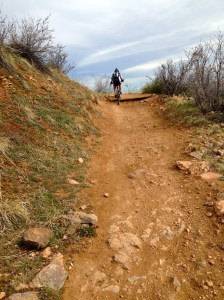I’ve written race reviews. I’ve written ride reviews. I’ve written some equipment reviews. Now, I respectfully submit my first ever “road review”. I recently had the opportunity to ride my bike up the highest paved road in North America. This wasn’t the first time I’ve made the ascent; I’ve done the climb a handful of times. Once when the road was closed to traffic because of a bike race, and the others when the road was open to motorized vehicles.
What made this ascent special was that the road was closed to vehicles because of the Coronavirus. If you’re a person who will only experience North America’s highest paved road from car windows, then this is yet another thing to add to the list of what’s been taken away by the pandemic of 2020.
Let’s begin with a little history lesson. First, Mt. Evans is the most prominent peak visible to the west of Denver. It is one of Colorado’s iconic 14ers. 14ers are peaks whose summits are at or above 14,000 feet above sea level. Colorado is home to 53 such peaks. Construction on Colorado Highway 5 began back in July of 1923. After about eight years of construction, the road opened to the public. The road is about 14 miles long and begins at an elevation of 10,600 feet at Echo Lake. It winds through the Arapahoe National forest with trees 900 – 2,000 years old. Beautiful scenery of alpine lakes, the continental divide, wild flowers and wild life abound.
It is one of Colorado’s iconic 14ers. 14ers are peaks whose summits are at or above 14,000 feet above sea level. Colorado is home to 53 such peaks. Construction on Colorado Highway 5 began back in July of 1923. After about eight years of construction, the road opened to the public. The road is about 14 miles long and begins at an elevation of 10,600 feet at Echo Lake. It winds through the Arapahoe National forest with trees 900 – 2,000 years old. Beautiful scenery of alpine lakes, the continental divide, wild flowers and wild life abound.
Enough about the spectacular scenery, let’s get to the road conditions. As the highest paved road in North America, there are some challenges that go along with maintaining the road. Winters are long and harsh and take a toll on the road. Let’s face it, at that elevation, most cyclists are pedaling along slowly enough to easily avoid the larger holes and cracks on the ascent. And there are many cracks in the road, particularly from mile 9 to the summit. There are also some wheel eating sized holes along the way.
However, on the descent, these bumps, cracks, and holes present a danger to cyclists. I’ve witnessed bike crashes resulting in broken bones on the descent. The best advice I’ve received for the descent is to let some air out of the tires. The next best thing to happen is not to have to contend with vehicles on the descent. Without cars, cyclists can really take advantage of finding the smoothest line for the descent. In many instances, this is right down the middle of the narrow road.
Perhaps the most exciting side effect of closing the road to motorized vehicles was the abundance of mountain goats and big horn sheep at the summit. There were so many standing on the road, laying beside the road, playing just off the road. I wish that everyone could witness that, but I suspect the cars have a tendency to drive them further away.
It may be selfish, but I’m voting to keep the road closed to vehicles indefinitely. Having the mountain to yourself on the bike was such a treat! I saw all forms of bikes being ridden by riders of all ages. One fine gentleman that I spoke with was on his second ascent of the day, and he was probably 20 years my senior. I saw two kid trailers being pulled along by brave (and strong) parents. What a memorable family outing that would be!

To the West of Mt. Evans
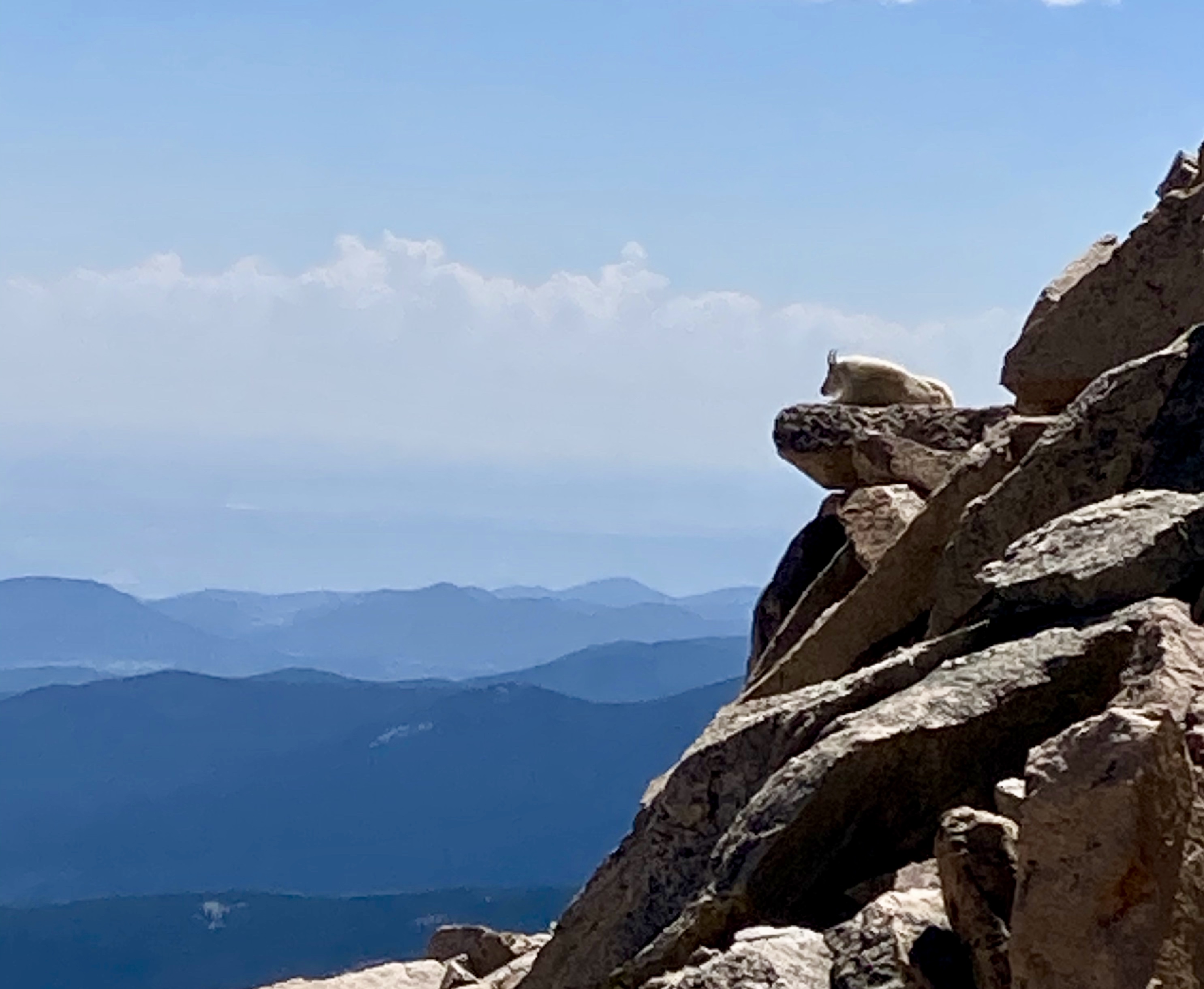
The Mountain Goat King
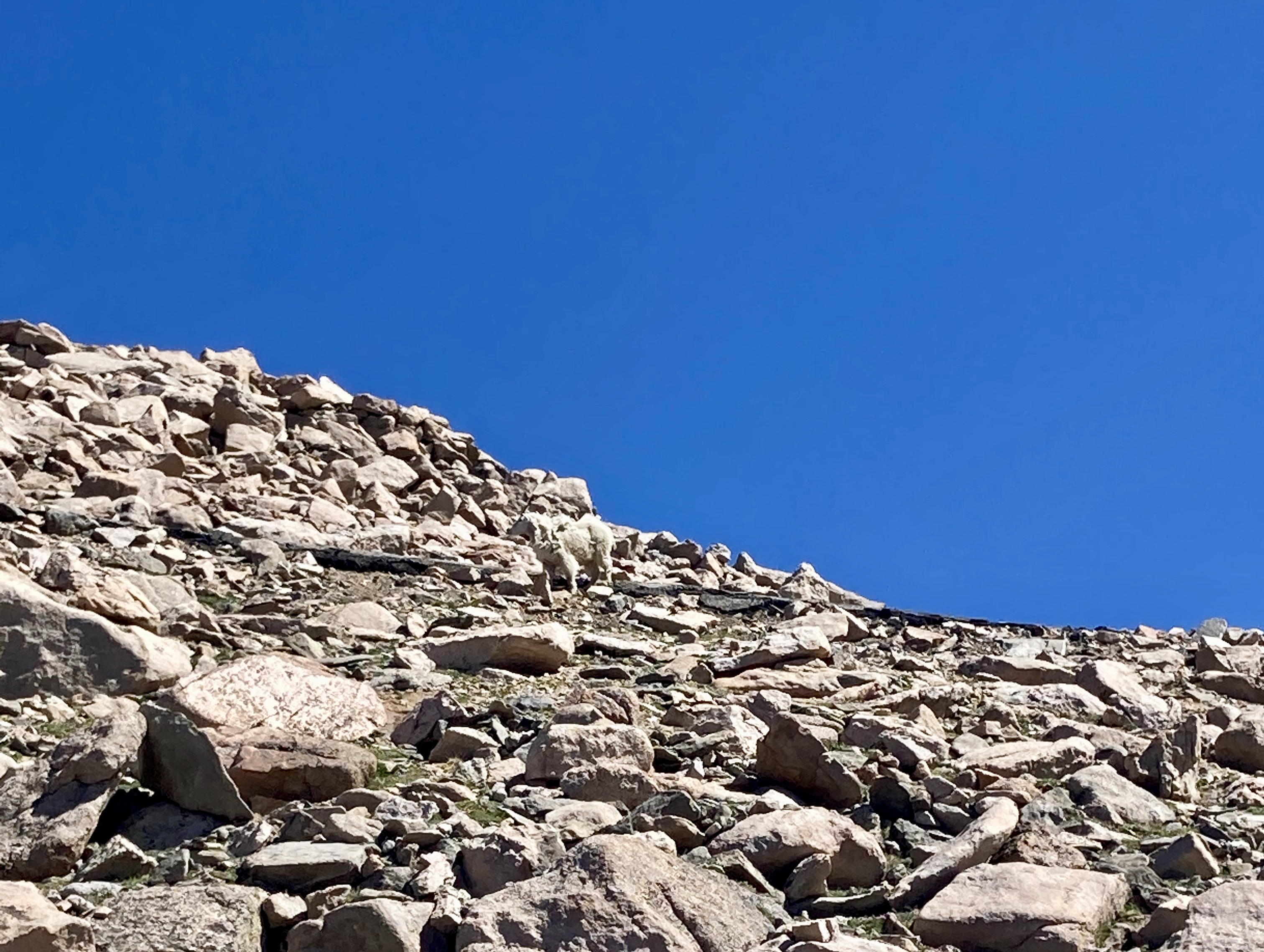
Can you see him? And yes, the sky is really that blue in Colorado.



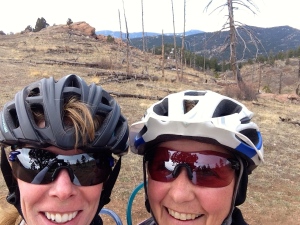
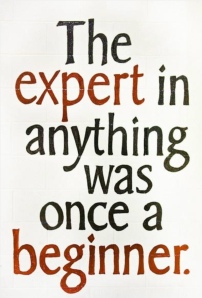 nt and rode at
nt and rode at 
 It’s not uncommon to see deer on
It’s not uncommon to see deer on 